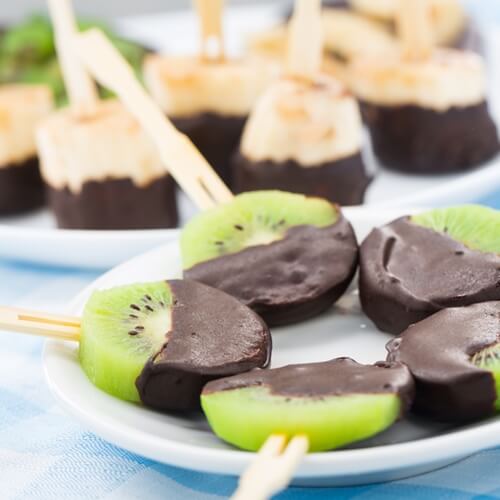A Sweet Guide To Candy Making
Many people cook for themselves and even become professional chefs because they simply love the art of making food. Even still, others love cooking not just for the the sense of joy but for the control offered by preparing your own dishes. From salads to dessert, and even beverages, chefs can dictate nearly every course of a meal, ensuring the best ingredients and overall quality. While this is done to create quality and sometimes healthy meals, chefs can exert the same kind of influence on sweets like candy. That’s right, with the proper ingredients and the proper techniques, you can actually make candy that’s more than just mounds of chemicals. Here is a guide that should help satisfy almost every sweet tooth:
Consider the humidity
Even inside the kitchen, humidity can be a major concern. In regards to sugar, humidity over 35 percent can actually cause the sugar to break down, according to Crafty Baking. Meanwhile, anything over 50 percent humidity can affect the quality and composition of chocolate, as Diana’s Desserts explained. So, to mitigate the effect of humidity, there are a few steps you can take. Before baking any candy, make sure the sugar has had time to dry out for a few hours in an air-tight container. Better yet, be sure to add in a desiccant – a packaged substance that induces dryness – like a packet of blue silica gel or calcium chloride. Chocolate, on the other hand, should be wrapped and stored away someplace cool.
Watch your sugar
As The Kitchn pointed out, cooking with sugar can often be a tricky undertaking. That’s because it only takes a few missteps to burn the ingredient, thus ruining your entire candy recipe. To make sugar into the perfect syrup, there are a few key considerations to keep in mind:
- Always use the appropriate sized pan. Otherwise, the melting process might take forever.
- The best heat for boiling sugar is medium to high. But, you never want to let the sugar heat up too quickly.
- Sugar will always re-crystallize. To prevent this process, use an interfering agent like vinegar or lemon juice.
- When stirring the sugar, always use a stainless steel spoon. Generally, steel leaves fewer particles in the sugar mix.
After the syrup is complete, you can wash off excess sugar crystals with a kitchen brush and some warm water.
Get the right equipment
In order to make candy, you need more than properly baked sugar and candy; there is also the proper equipment. Though the exact list depends on your own experience, there are several tools that you’ll always want to have on hand. These include:
- Parchment paper: This paper is perfect for keeping your candy from sticking to the cookie sheets or baker’s tray.
- A proper work surface: The best such surfaces are marble or granite, which help the chocolate cool down faster.
- Spatulas: You’ll need several sizes for stirring and decorating, including an offset spatula.
- Chocolate chunker: This will help you cut the chocolate into nice, uniform pieces. You can also use a large kitchen knife, but it’s not nearly as precise.
- Candy thermometer: To accurately read chocolate’s temperature, you’ll need a thermometer that’s as exact as possible.
- Mixing bowls: You want to use three kinds: Glass bowls for mixing; plastic bowls for storing uncooked chocolate; and any bowls that are microwave safe.
Practice your candy making prowess by enrolling in culinary academy.


